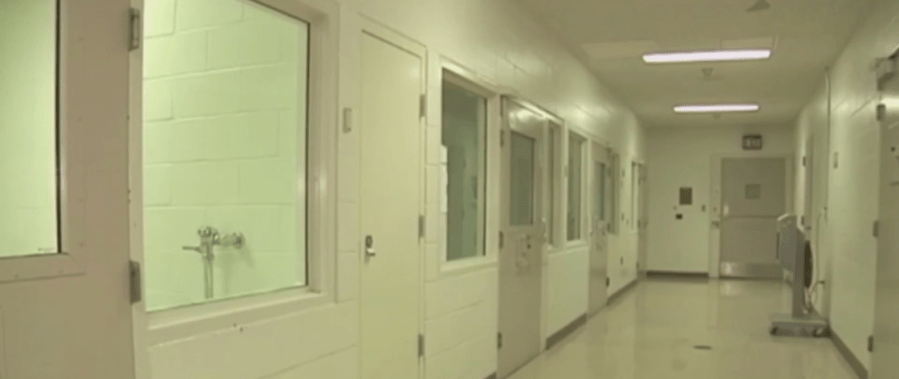Persistent Staff Shortages Plague North Carolina Justice System Facilities

North Carolina's juvenile and adult correctional facilities continue to face staffing challenges, with vacancy rates remaining high despite efforts to address the issue. In central North Carolina, several juveniles escaped from detention or youth development centers last fall, prompting concerns about security and safety. One notable incident involved a teenage murder suspect who escaped from a facility in Butner, leading to an investigation into how he managed to flee.
William Lassiter, Deputy Secretary of Juvenile Justice and Delinquency Prevention, explained that after the escape, a full analysis of the facility was conducted, resulting in physical improvements aimed at preventing future incidents. While specifics were not disclosed for security reasons, these enhancements are intended to eliminate vulnerabilities that could be exploited by detainees.
As of September 3, 2024, the vacancy rate within the Division of Juvenile Justice and Delinquency Prevention stood at 27%. By June 30, 2025, this figure had slightly decreased to 23%. Although progress has been made, key roles remain unfilled, particularly in juvenile facilities operations. Positions such as behavioral specialists and counselors saw a vacancy rate of 32% on June 30, 2025, down only slightly from the previous year.
Lassiter highlighted that direct care staff positions, which include youth counselors, youth counselor technicians, and youth services behavior specialists, are among the most difficult to fill. On June 30, 2025, youth counselors faced a staggering 47% vacancy rate, while youth counselor technicians had a 30% vacancy, and behavior specialists experienced a 41% gap.
To attract more applicants, the division has launched social media campaigns, held hiring events, and offered signing and retention bonuses. Additionally, a step pay plan introduced two years ago allows for experience-based salary increases, aiding both recruitment and retention efforts.
The state has also engaged Governor Josh Stein in discussions regarding staffing shortages. Stein recently signed legislation removing the four-year degree requirement for many facility positions, creating trainee roles that could help alleviate the shortage. The governor is also exploring additional incentives and reaching out to former federal employees affected by recent federal cuts to recruit them into state government jobs in North Carolina.
Maintaining a one-to-eight staff-to-child ratio remains a priority across all facilities. However, Lassiter acknowledged that achieving this consistently has been challenging, requiring the use of temporary staff to meet the target.
Staffing issues are not limited to juvenile facilities; adult correction centers also grapple with similar problems. According to the North Carolina Department of Adult Correction (NCDAC), the overall vacancy rate for positions was around 23% as of May 2025, reflecting a modest improvement from the previous year. Correctional officer vacancies remain significant, dropping from 40% to just under 36% over the same period.
Compounding the issue, North Carolina’s starting pay for correctional officers ranks third-lowest nationally as of March 2025. To combat this, the NCDAC is actively recruiting through monthly hiring events and weekly interview and application days at each of its 55 facilities. The department has enlisted a marketing firm to run statewide advertisements and continues to offer sign-on and retention bonuses for high-vacancy roles.
Those interested in pursuing careers in juvenile justice can explore opportunities via the North Carolina Department of Public Safety website, while those considering roles in adult corrections should visit the NCDAC website for more information.
Post a Comment for "Persistent Staff Shortages Plague North Carolina Justice System Facilities"
Post a Comment